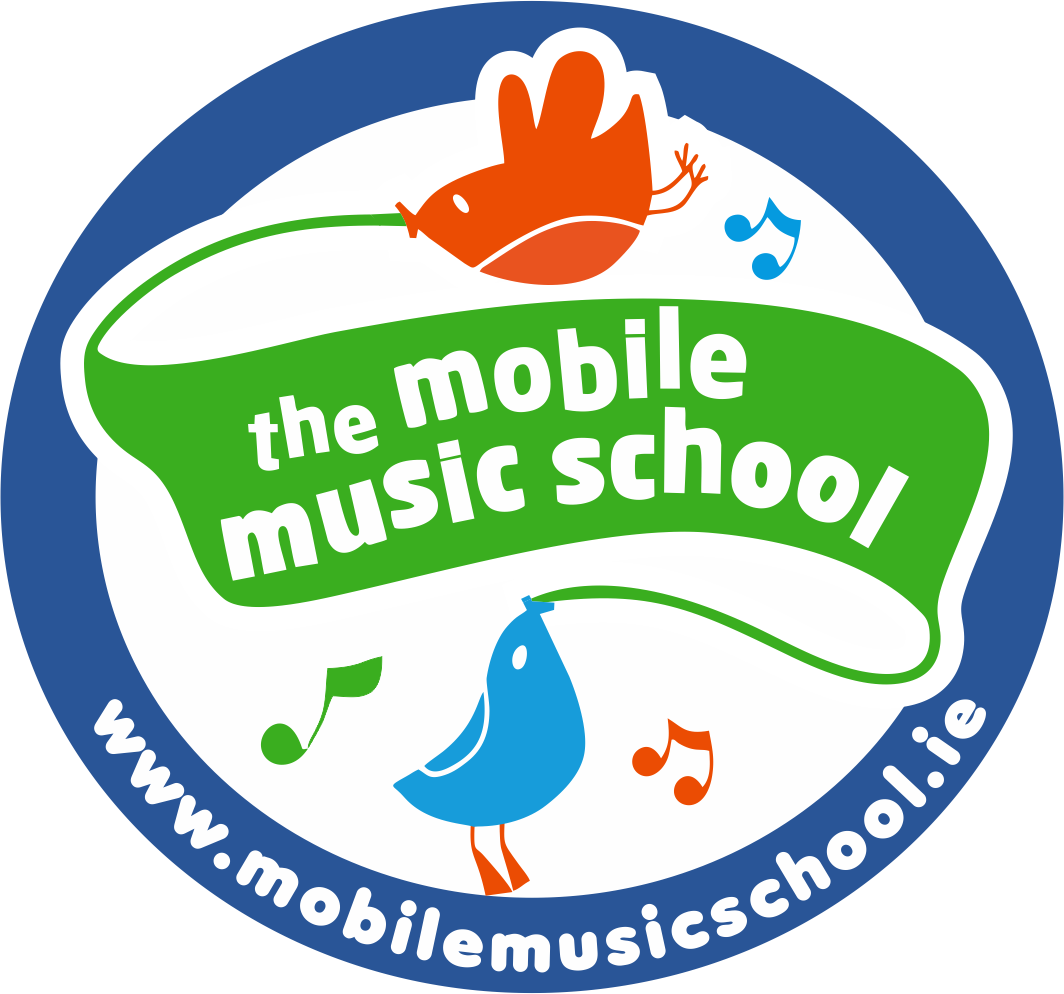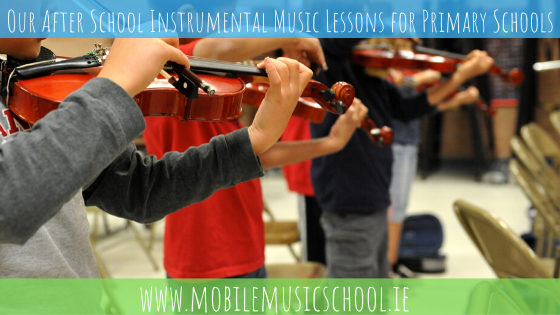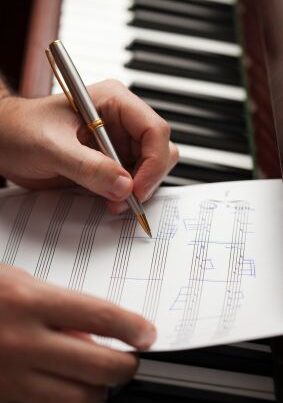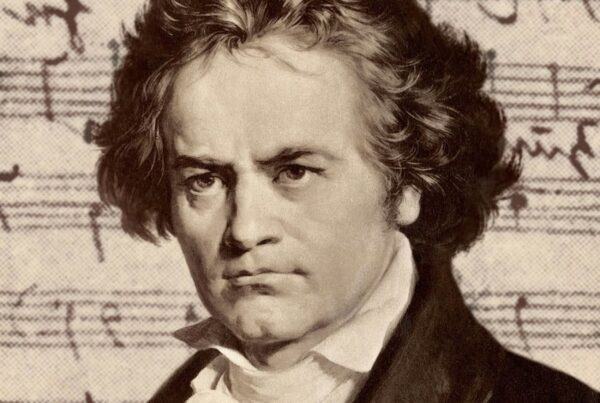Here at the Mobile Music School, we understand that some primary school teachers may not be comfortable teaching music. That’s why we have compiled a set of complimentary lesson plans and teaching resources to help out! This set of easy to follow lesson plans has been designed for primary school teachers, helping them to teach music in the classroom, and are all based on the primary school music curriculum. Each plan has a theme, or story, and the teacher guides the class through the story, asking students questions along the way. These skills are intended to be developed over the eight weeks, so don’t be disheartened if the children don’t fully grasp the concepts straight away!
For this week’s lesson, we will focus on Call and Response.
Aims and Objectives
1 – To develop each child’s rhythmical awareness
2 – To enhance each child’s musical and aural awareness
3 – Give each child an understanding of dynamics
4 – Introduce the children to the role of a composer
5 – Allow some children to take a leadership role and act as the class composer
Activity 1
Teacher – Today I am going to play 3 rhythms. I want you to listen to the rhythms and when I say the word GO I would like you to copy the rhythms back.
The teacher plays three different rhythm patterns on a percussion instrument. If you are confused about what rhythm patterns to play, check out our video on call and response videos: https://www.youtube.com/watch?v=Z9OUjvU4X68
Note – After each student has successfully copied and performed these rhythms, change the response to rhythm 3 to ‘Don’t tap this one back’ i.e. they are not supposed to clap rhythm 3 back.
Mix the rhythms up and encourage participants to respond adequately.
Activity 2
Tell class that ‘Call & Response comes from the dessert in Africa & emerged during ancient times. It is used as a way of communicating with one another & sending messages. It involves somebody playing a pattern or rhythm and everybody else copying the rhythm back the very same way so as person knows that you heard him or her.’
Teacher – Perform a rhythm by clapping/ on your drum and encourage the class to copy the rhythm back.
Activity 3
After each student has managed to copy each rhythm back, introduce the class to the word DYNAMICS. Explain that dynamics in music means the same as the word volume on a stereo, iPod or laptop.
Activity 4
After each pupil understands what the word dynamics means, gradually introduce rhythms that are piano or forte. Explain that piano means soft, or quiet, and forte means loud.
Activity 5
Tell class that ‘up until now, I have been like the composer because I have been adding different sounds together and creating new patterns. A composer is the person who writes all the music we hear.
I would like somebody in this class to take my job and be the class composer and create rhythms that nobody has ever heard, that we all need to copy back.’
Keywords – RHYTHM, COMPOSER, DYNAMICS – piano, mezzo forte, forte, crescendo & diminuendo
Strands – Listen & Responding to one another, Performing & Composing
Interested in booking a workshop or short programme? Contact us here.




